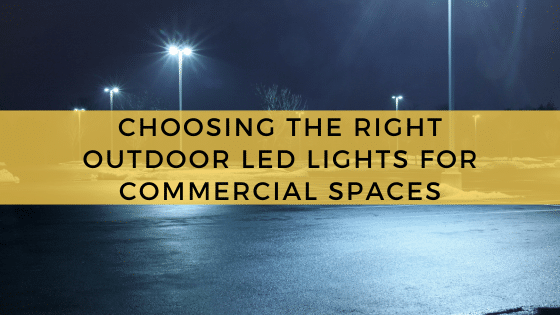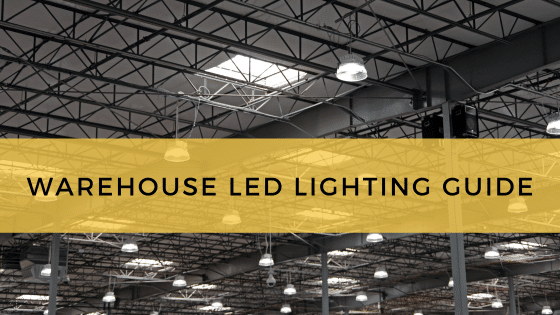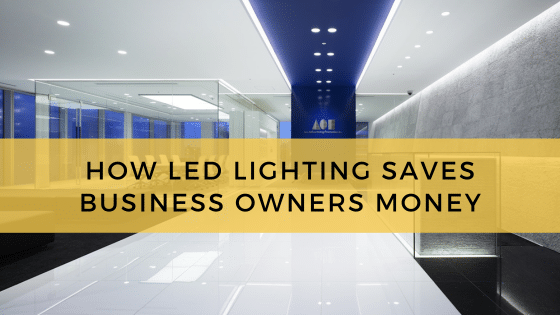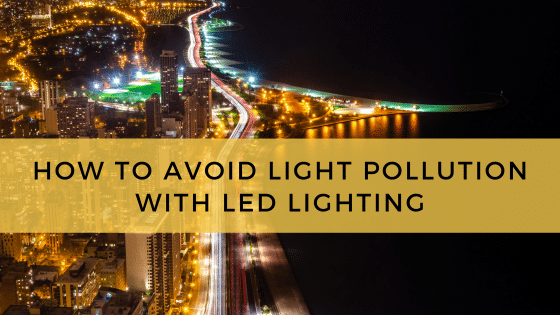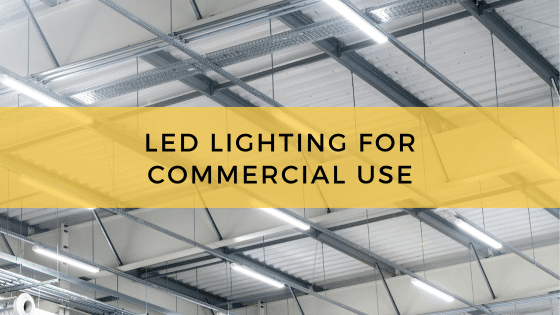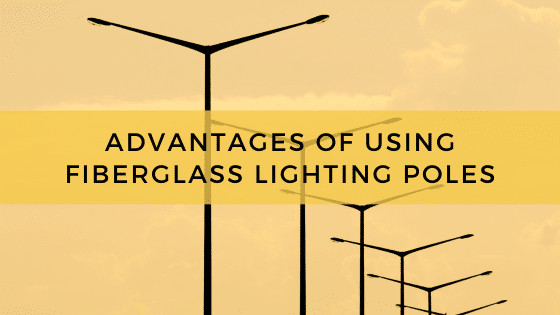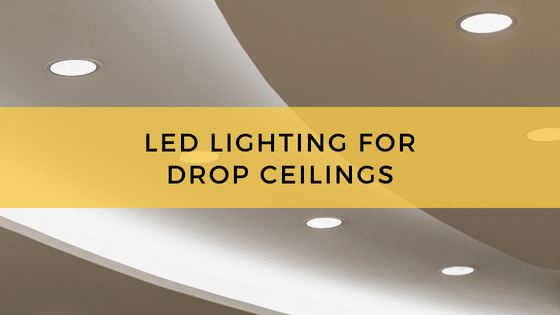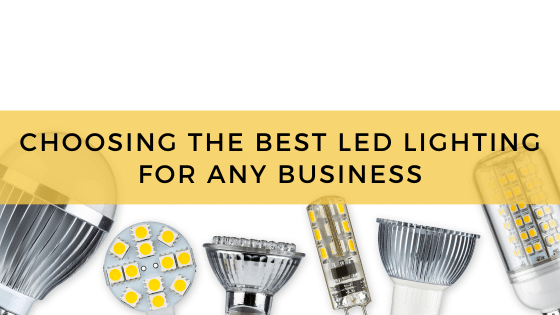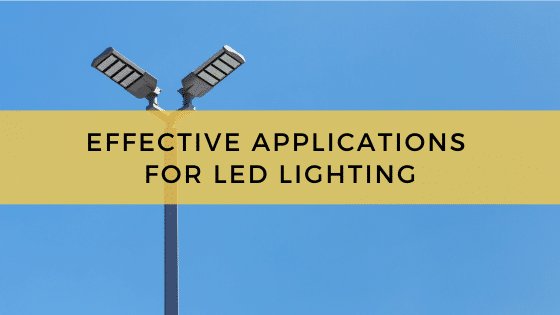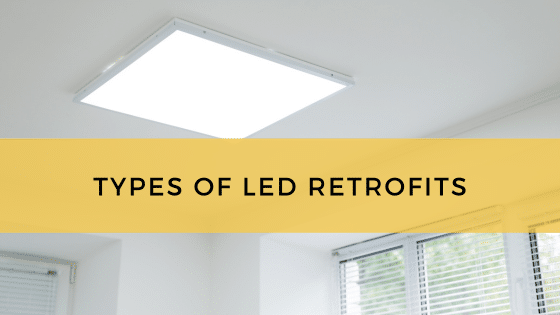
There are several types of LED retrofits available, and each one is defined by the type of LED fixtures used in the project. For example, the following LED fixture options are common for commercial LED retrofits:
- LED tubes
- LED troffers
- LED panels
- LED bays
- LED strips
Retrofit LEDs are an option for nearly every setting, no matter the type of fixture your facility relies on. Further, retrofit LEDs provide the same array of benefits that a new LED lighting system offers. This includes improved energy efficiency, extended longevity, reduced maintenance, and better lighting performance.
There can be challenges during a retrofit installation, but lighting professionals are equipped to resolve them and ensure your LED lighting solution provides optimal value.
What Fixtures Can Be Used with an LED Retrofit?
Modern LED fixtures emphasize versatility. Manufacturers have focused on expanding LED’s capabilities for decades, as well as expanding the number of retrofit LED products available on the market. For commercial properties, the following retrofit LEDs are popular options:
- LED tubes – LED tubes are designed to replace fluorescent tubes – like the ones you’d normally see in an office building. Fluorescent tubes (specifically T5s and T8s) are being phased out, but LED tubes represent a solution that businesses can quickly adopt.There are a few types of LED tubes available for retrofit projects, each with their own advantages and considerations.
- LED troffers – LED troffers are slightly recessed fixtures designed to fit into a drop ceiling. Until LED lighting’s emergence, troffers were powered by fluorescent tubes, but retrofit LEDs are now the frontline option for troffer fixtures. Like with fluorescent troffers, LED troffers are ideal for illuminating single desks or cubicles, as they emit more of their light directly downwards.LED lamps are ideal for office troffers, as LED lights emit full-spectrum illumination that people report as more comfortable. Early research suggests that offices using LED light experience a modest productivity boost.
- LED panels – LED panels are also designed for drop ceilings but provide edge-to-edge illumination instead. This means LED panels are better suited for providing general lighting in a larger space – such as an open office.LED panels are also fitted with LED tubes. These sit behind a screen that diffuses and softens the light to minimize glare.
- LED bays – LED bays replace metal halide lamps in both high bay and low bay fixtures. These high-output fixtures are intended for large commercial or industrial buildings, including warehouses, department stores, and industrial complexes.LED bays are available in linear and circular (UFO) designs, each with a different light distribution pattern. Linear LED bays are a better fit for buildings with long aisles, like warehouses. UFO bays are more efficient in open spaces where they can cover more area.
- LED strips – LED strips are low profile lamps designed for task lighting applications (such as shop lights) or for retail settings. LED strip lights are typically used to replace fluorescent, halogen and incandescent fixtures as they are more efficient, more compact and longer lived.
The Three Types of Retrofit LED Tube Options
LED tubes are popular retrofit fixtures as they are a natural replacement for fluorescent tubes, which are becoming increasingly difficult to source. LED tubes offer almost all the benefits that a new LED lighting system provides, including energy savings, extended lamp lifespan and improved lighting performance.
When retrofitting LED tubes, facility managers have a few options to choose from, including:
- Type A (plug and play) – Type A LED tubes are called plug and play because they are designed to work with the fluorescent tube’s existing ballast. As such, type A tubes are the easiest type of LED tube to install, but only if there are no issues with ballast compatibility. They cannot be used with magnetic ballasts and not every fluorescent driver is compatible with every retrofit LED tube. Installers should reference the manufacturer’s documentation to verify compatibility beforehand.Because type A LED tubes rely on the existing ballast to function, any ballast that’s several years old may need to be replaced first to protect the fixture from early failure. They are also only partially compatible with dimmers.
- Type B (ballast bypass) – Type B LED tubes come with an integrated LED driver and therefore do not require a ballast to function. Instead, they are wired directly to the building’s mains, which is a high-risk installation project that only a certified electrician is able to safely handle. However, although they are difficult to install, type B retrofit tubes offer excellent long-term reliability. Dimming is typically limited with type B LED tubes as well.
- Type C (remote driver) – Type C LED tubes are powered by an external LED driver (not integrated) that replaces the fluorescent ballast. These tubes unlock the full potential of LED lighting technology, providing full energy efficiency, longevity and controllability benefits. Type C tubes are the latest in retrofit LED technology and are offered by most leading lighting manufacturers. Some external LED drivers can even be tied to multiple retrofit lamps, or entire retrofit lamp arrays.
- Type A+B (hybrid) – Some LED tubes combine the features of type A and type B LED tubes to ensure maximum compatibility with the building’s existing fixture technology. If the tube isn’t compatible with the existing ballast, it will still function because it is wired into line voltage. As such, these fixtures are the best option when installers are unsure of ballast compatibility.
Four Reasons Why Businesses are Choosing LED Retrofitting
No matter what your LED retrofit project includes, as long as it is compatible with your existing system, it will provide the following benefits:
- Improved energy efficiency (and compliance) – LED bulbs are prized for their energy efficiency and provide a significant advantage over older lighting technologies in this area. The energy savings for businesses is considerable and can represent thousands in reduced utility bills. Further, by reducing energy consumption, companies remain ahead of toughening energy use regulations. LED retrofitting can help futureproof a facility’s lighting technology, in other words.
- Improved fixture longevity – LED lighting lasts longer than every other lighting technology on the market. A typical metal halide lamp, for example, will provide around 10,000 hours of illumination before it fails. A fluorescent lamp may make it to 20,000 hours. On average, LED lights will provide between 50,000 and 100,000 hours of high-quality illumination before replacement is required.
- Enhanced lighting performance – Modern LEDs are comparable (or superior) to fluorescent and metal halide lights in terms of luminous flux, intensity, color rendering and overall quality. Retrofit LED lamps output even illumination free of flaws and flicker, as long as the right retrofit fixtures are used. In settings where maximum visibility is necessary for safety or productivity reasons, LED lighting provides ample illumination.
- Extended controllability – LED lights are compatible with almost all lighting controls, including dimmers, timers, photocells, and motion/PIR sensors. With its excellent controllability, LEDs can be adapted for an even larger range of applications. For example, LED security lighting systems offer unmatched reliability and performance if they are paired with occupancy controls.The only potential concern here is compatibility, as incomplete compatibility may lead to issues with some lighting controls.
An Expert Lighting Team Can Help with Every Type of LED Retrofit
Rising energy costs and tightening efficiency regulations have pushed businesses toward LED lighting, but a from-scratch LED lighting system is a significant upfront investment.
Business owners have a third option in retrofitting LED lighting into an existing system. LED retrofits are cost effective for most facilities and provide the most important benefits associated with LED lighting – energy efficiency, longevity, and performance.
If your facilities need a lighting upgrade but there is not sufficient room in the budget to tear out and replace the existing fixtures, a lighting expert can recommend the right LED retrofit products for your application and provide full installation services.

